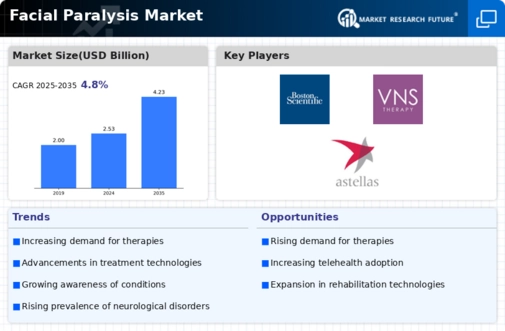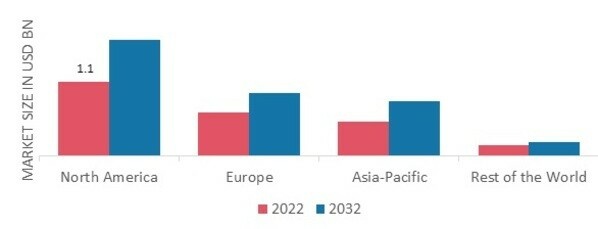Leading market players are investing heavily in research and development in order to expand their product lines, which will help the facial paralysis market, grow even more. Market participants are also undertaking a variety of strategic activities to expand their footprint, with important market developments including new product launches, contractual agreements, mergers and acquisitions, higher investments, and collaboration with other organizations. To expand and survive in a more competitive and rising market climate, facial paralysis industry must offer cost-effective items.
Manufacturing locally to minimize operational costs is one of the key business tactics used by manufacturers in the facial paralysis industry to benefit clients and increase the market sector. In recent years, the facial paralysis industry has offered some of the most significant advantages to market. Major players in the facial paralysis market attempting to increase market demand by investing in research and development operations include Boston Scientific, BioControl Medical, Cerebomed, Cyberonics, Astellas Pharma Inc., Sucampo Pharmaceuticals and Novartis AG.
A healthcare organisation, Novartis AG concentrates on the development, production, and marketing of pharmaceutical goods for prescription and over-the-counter use, as well as products for eye care. It offers medicines for the treatment of illnesses like infections, hematologic diseases, solid tumors, cancer, cardiovascular disease, dermatological issues, ophthalmic, neurological disorders, and respiratory diseases, and hematologic diseases. Through Sandoz, the business provides generic drugs and biosimilars.
Boston Scientific Corp. is a manufacturer, developer, and distributor of medical technology products for a variety of interventional medical specialties. The business provides goods in the following specialties electrophysiology, gastrointestinal surgery, female pelvic medicine, gynecology, interventional radiology, neurological surgery, gastroenterology, orthopedic surgery, interventional cardiology, pain management, pulmonology, urology, and vascular surgery. Worldwide, Boston Scientific provides services to medical practices, clinics, outpatient facilities, and hospitals.








Leave a Comment